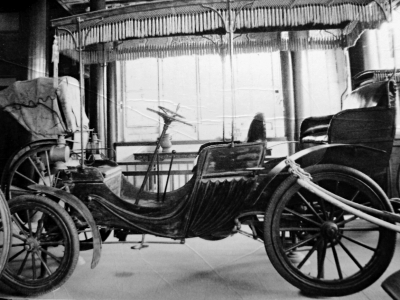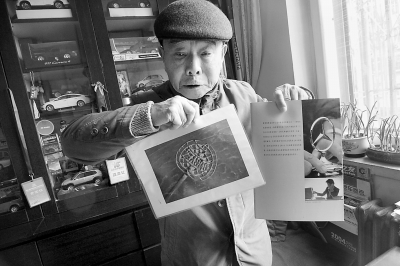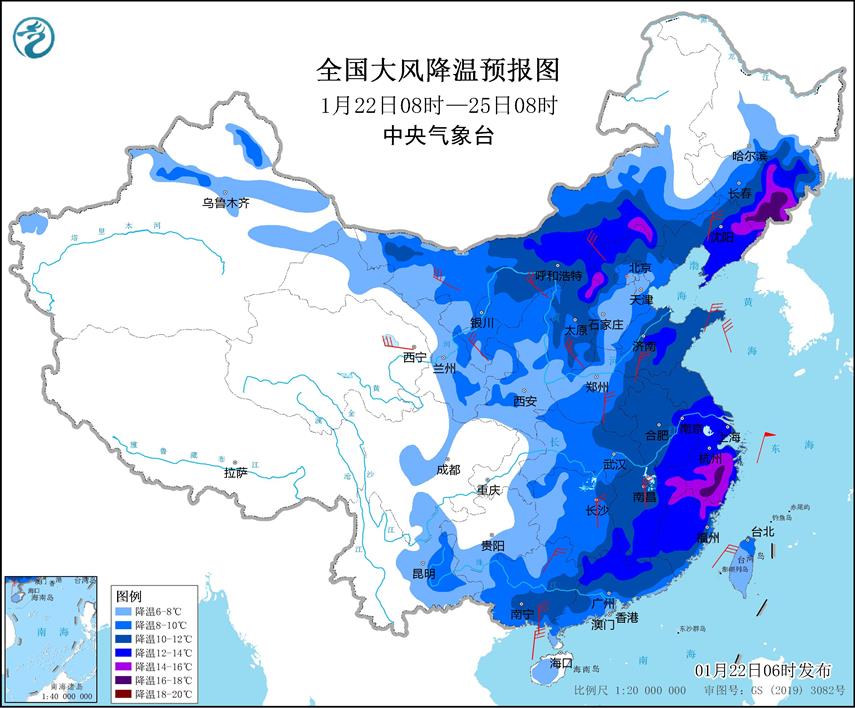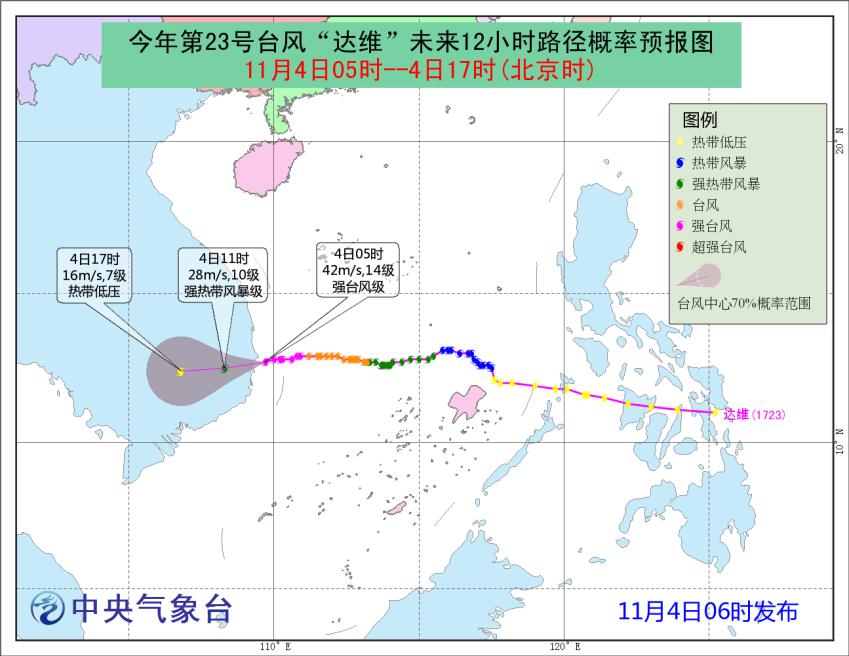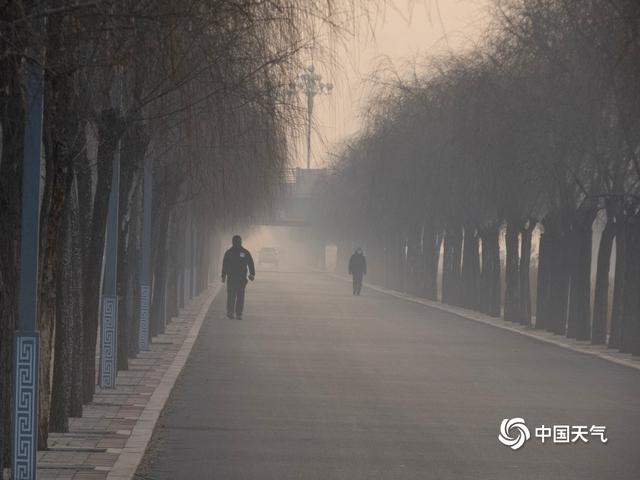CCTV News:"China Vitality in Data" series reports that today (September 30th) we will pay attention to the export data of new energy vehicles. According to the data from China Association of Automobile Manufacturers, in the first eight months of this year, 340,000 new energy vehicles were exported, up 97.4% year-on-year, and new energy vehicles are becoming a new business card of China Intelligent Manufacturing.
According to the data released by China Automobile Manufacturers Association recently, this year’s 1-mdash; In August, China exported 1.817 million vehicles, up 52.8% year-on-year. Among them, 340,000 new energy vehicles were exported, a year-on-year increase of 97.4%, and the contribution rate to the growth of automobile exports reached 26.7%. In 2021, China’s automobile exports reached 2.138 million, surpassing 2 million for the first time, making it the third largest automobile exporter in the world after Japan and Germany.
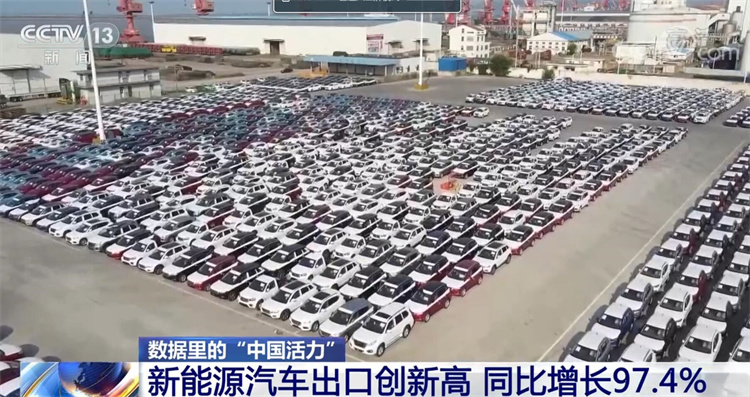
Some experts in the industry said that in terms of structure, the export of automobile industry is shifting from commercial vehicles to passenger cars represented by new energy vehicles. In addition, in the export area, China’s automobile exports also focus on new energy vehicles, which are mainly from Asia, Africa and Latin America in the past, and are expanding to mainstream markets such as Europe.
Wang Du, Deputy Secretary General of china automobile dealers association:Our current export of new energy vehicles is mainly in the European market. Last year, 49% of our new energy vehicle exports were exported to the European market, and our automobile export situation is very gratifying.
In terms of models, the export models represented by new energy vehicles are more advanced. In the past, they were mostly low-end models, and now many enterprises have begun to cut into the market with high-end cars. In addition, in terms of export strategy, from passive in the past to active now, in addition to local factory building and cross-border brand cooperation, we have also adopted self-built sales channels and customized development of new models through shared technology to open up the international market.
Fu Bingfeng, Executive Vice President of China Automobile Industry Association:Different from the past, car companies have built their own marketing channels abroad and continued to build brands, and new energy vehicles have initially achieved a new development pattern of domestic and international double circulation.
The export of new energy vehicles has maintained a good momentum in the first eight months of this year. In September, the export momentum has not diminished, which will drive China’s automobile exports to a new high this year.
On September 13th, in Shanghai, the largest batch of pure electric vehicles in China was shipped at Haitong Wharf and exported to the European market. This time, 10,000 pure electric vehicles of SAIC were exported to the European market.

On September 26th, in Wuhan, the first batch of new energy vehicles of Dongfeng Group went to sea in Norway. At the export ceremony, Norwegian dealers were full of confidence in this new energy vehicle made in China.
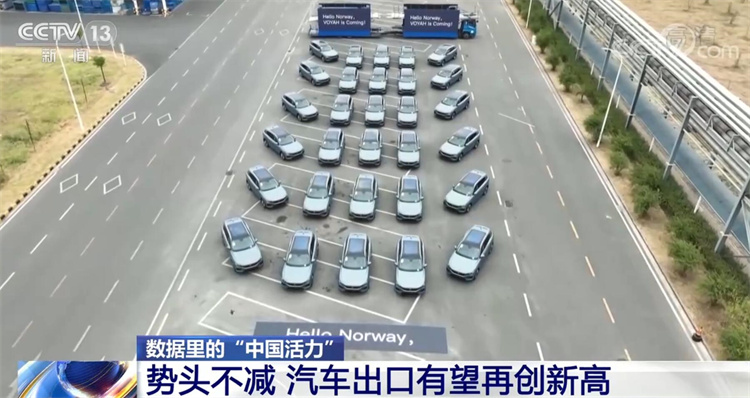
Norwegian distributor Sven Arid yangsi Gard:At first glance, the market response (in Norway) is very positive, and consumers are very satisfied with the products.
In Beijing, near the "Eleventh", workers in this bus factory are stepping up production. By the end of October, this factory will have produced a total of 1022 pure electric buses for export to Chile.
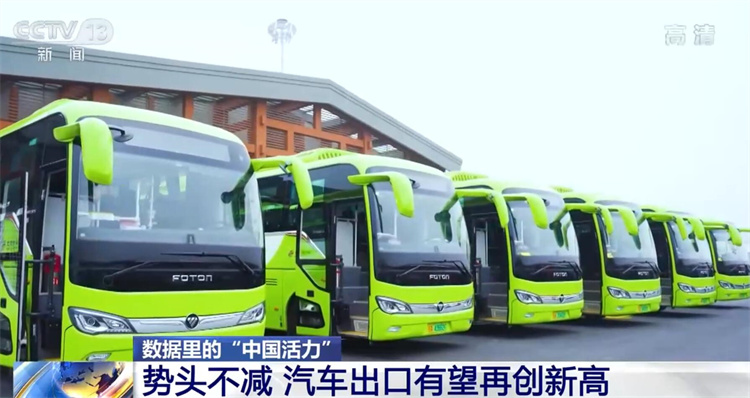
Han Dong, Executive Vice President of New Energy Bus Company:This list is a record for the export of pure electric vehicles (buses) in China. The single order is more than 1000 units, which is a high-quality order in the domestic bus industry.
According to the data of China Association of Automobile Manufacturers, since 2020, despite the impact of the epidemic, China’s automobile exports have generally shown a rapid growth momentum. In 2021, China exported 2.138 million vehicles, which doubled year-on-year, achieving a historic breakthrough. Among them, the export of new energy vehicles exceeded 400,000, a year-on-year increase of nearly three times.
Fu Bingfeng, Executive Vice President of China Automobile Industry Association:In this process of transformation, China’s innovation, industrial chain construction and market cultivation have reached the forefront of the world. The rapid growth of new energy vehicles (sales volume) in China has also led to a historic breakthrough in China’s automobile export, ending the situation that it has been hovering around 1 million vehicles (export volume) for more than ten years.
The head of China Automobile Industry Association said that this year, driven by the strong export momentum of new energy vehicles, China’s automobile exports will reach 3 million, reaching a new high, and it is expected to become the second largest automobile exporter in the world.
In the interview, the reporter also noticed that after years of development, the technical level of China’s new energy vehicles has been significantly improved, and the core technologies of key components have reached a higher level. It is the innovation of the whole industry chain that has helped new energy vehicles become a new business card for intelligent manufacturing in China.
The reporter walked into this new energy automobile enterprise in Anhui, and the production line was busy, and the order had been placed for three months. The person in charge of the enterprise told the reporter that the secret of the rapid growth of the sales of new energy vehicles in enterprises lies in persisting in innovation.
Xu Youzhong, Vice President of Automotive Engineering Technology R&D Institute of Automobile Enterprises:Taking research and development as the top priority, we have established 38 technical committees, including a set of forward development process systems with 38 systems and 22 performance dimensions.

In the past 10 years, this company has invested more than 7% of its sales revenue in R&D every year, mastered a number of key core technologies such as the fifth-generation engine with the maximum effective thermal power of 44% and the world’s first gearbox with nine modes of switching, and applied for 18,500 patents. At present, there are nearly 10,000 R&D personnel.
Not only insist on innovation, China new energy automobile enterprises are generally enhancing their product adaptability and building a "global car". The reporter noted that these new energy vehicles exported to Norway have generally developed the trailer hook function to adapt to the cold and snowy scenes in northern Europe. Another batch of vehicles exported to the British market, including the work of changing the left steering wheel to the right steering wheel, invested more than 100 million yuan in adaptive development.

Wang Du, Deputy Secretary General of china automobile dealers association:New energy vehicle is a new business card of intelligent manufacturing in China. We must grasp this window period well. We must be able to form a standard pool with Europe or America, and we can recognize each other’s standards together and compete under the same standard platform.
The person in charge of China Automobile Industry Association said that the high export growth of new energy vehicles in China is the inevitable result of years of industrial accumulation. In the past 10 years, China government’s support policy for the new energy automobile industry has been continuously strengthened, and China automobile enterprises have actively responded to the policy call, and the overall strength of the new energy automobile industry has been continuously improved, which can meet the global diversified market demand in terms of product appearance, quality, R&D and production capacity.
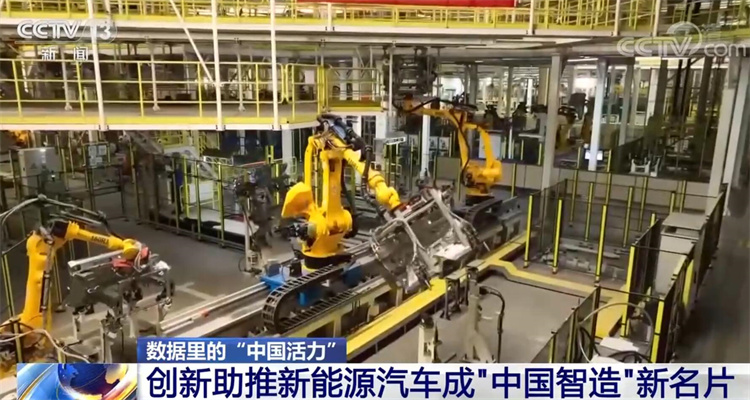
Fu Bingfeng, Executive Vice President of China Automobile Industry Association:In this round of global automobile transformation to electrification and new energy, we have occupied a commanding height and led the global automobile industry to transform to new energy and electrification.
These days, "Chao Wen Tian Xia" has continuously broadcast "China Vitality in Data", and a series of data are dizzying. There is a digital economy in these data, which has greatly liberated and developed productive forces and changed the underlying logic of industrial production. There are also key points in the data. An "excavator index" allows us to see how many points to focus on when stabilizing the economy.

There are market players in the data, and their vitality comes to the fore through vivid data. There are services in the data, and the vitality of market players comes from their own efforts, as well as from intimate public policies and targeted services. There are transformations in the data, new technologies, new products, new formats, and how many old trees are blooming. There is also a future in the data, and artificial intelligence, Internet of Things, etc. are releasing amazing potential.

The data is like a rigorous brush, which gives us a picture of China’s economic development. These data are not easy to get, and there are gratifying achievements in the data, and there is a process of tackling difficulties. China’s vitality in the data is, in the final analysis, created by hundreds of millions of resilient, creative and enterprising people. The vitality of China in the data actually tells the story of China people’s innovation in the data.
